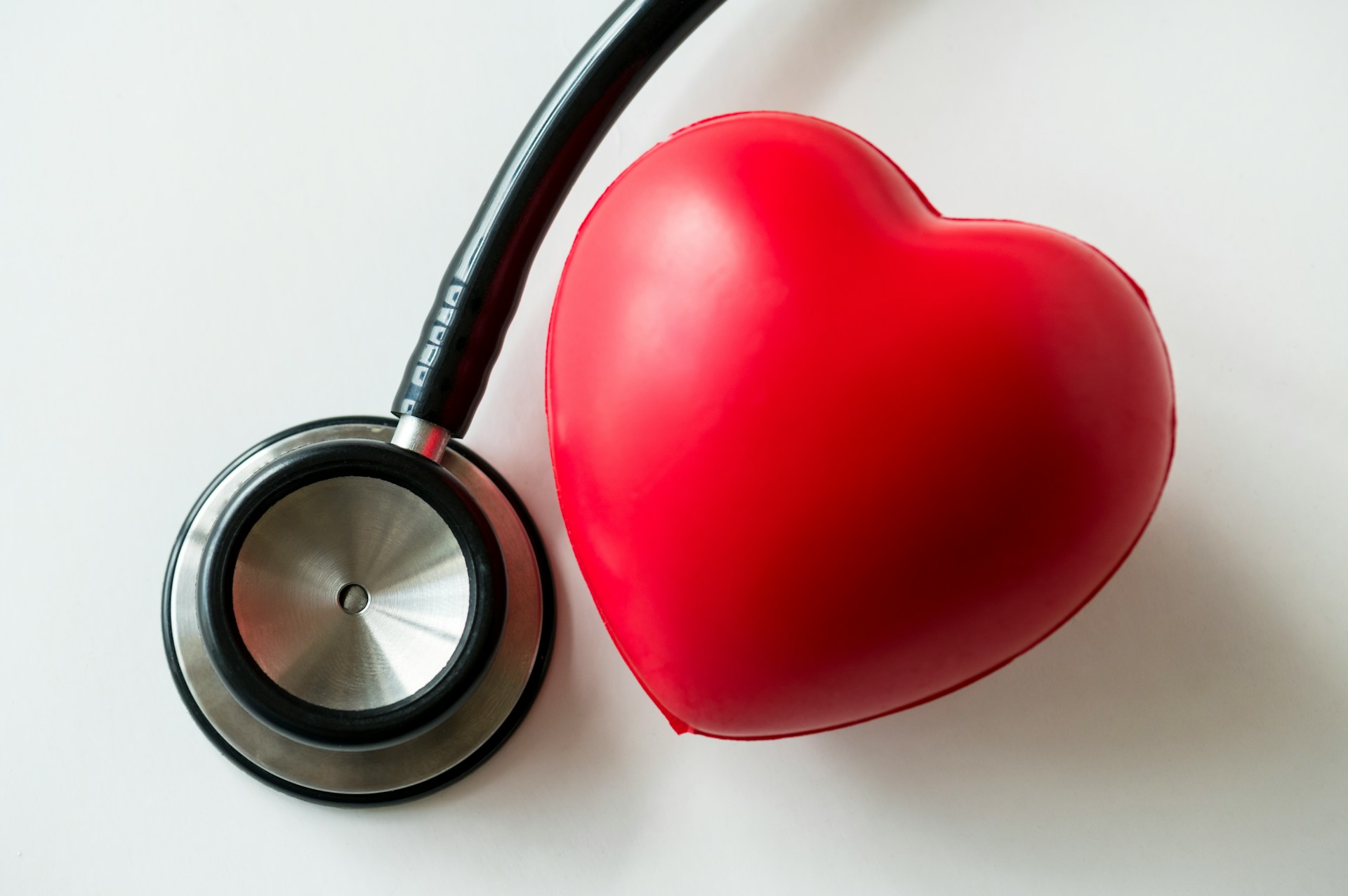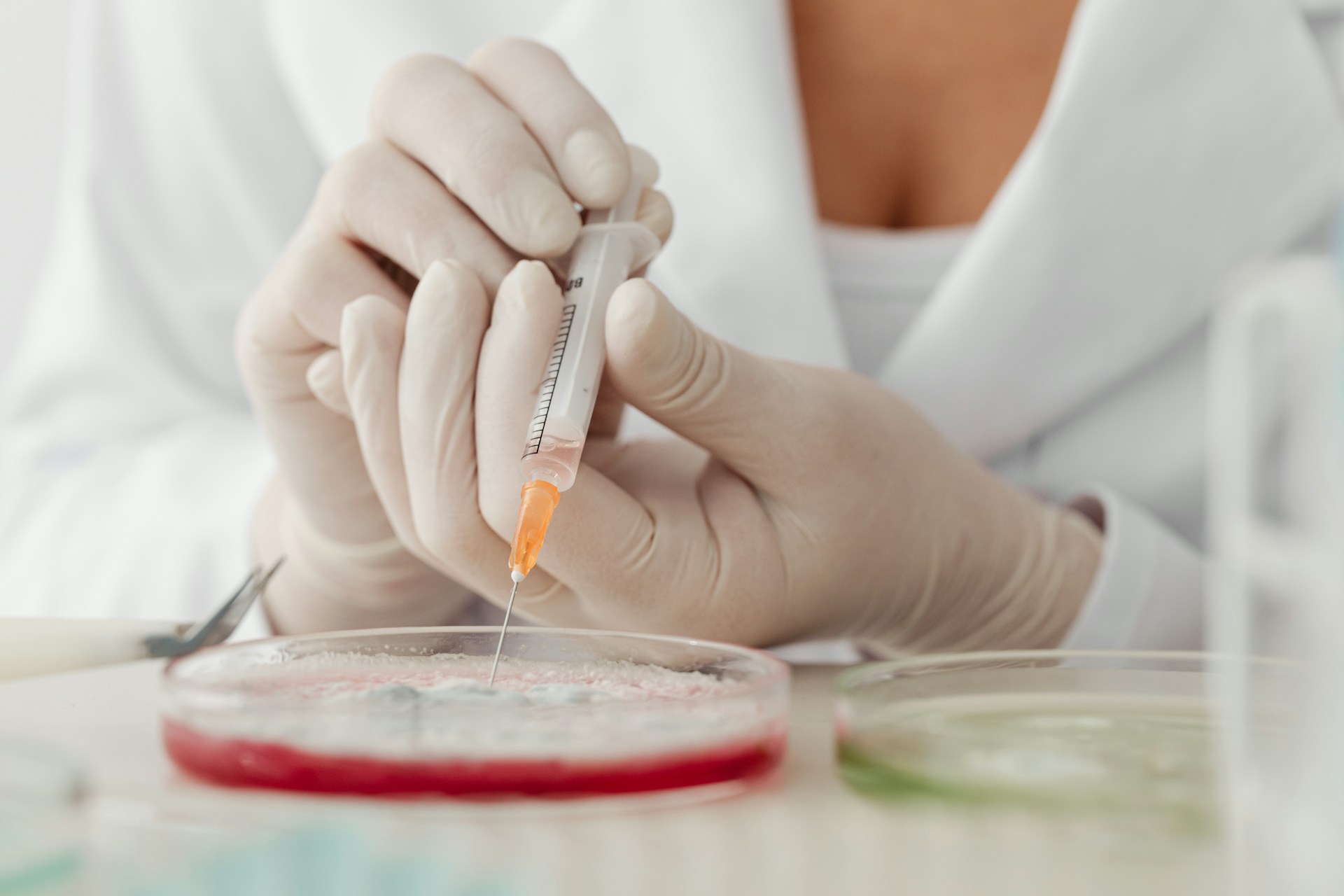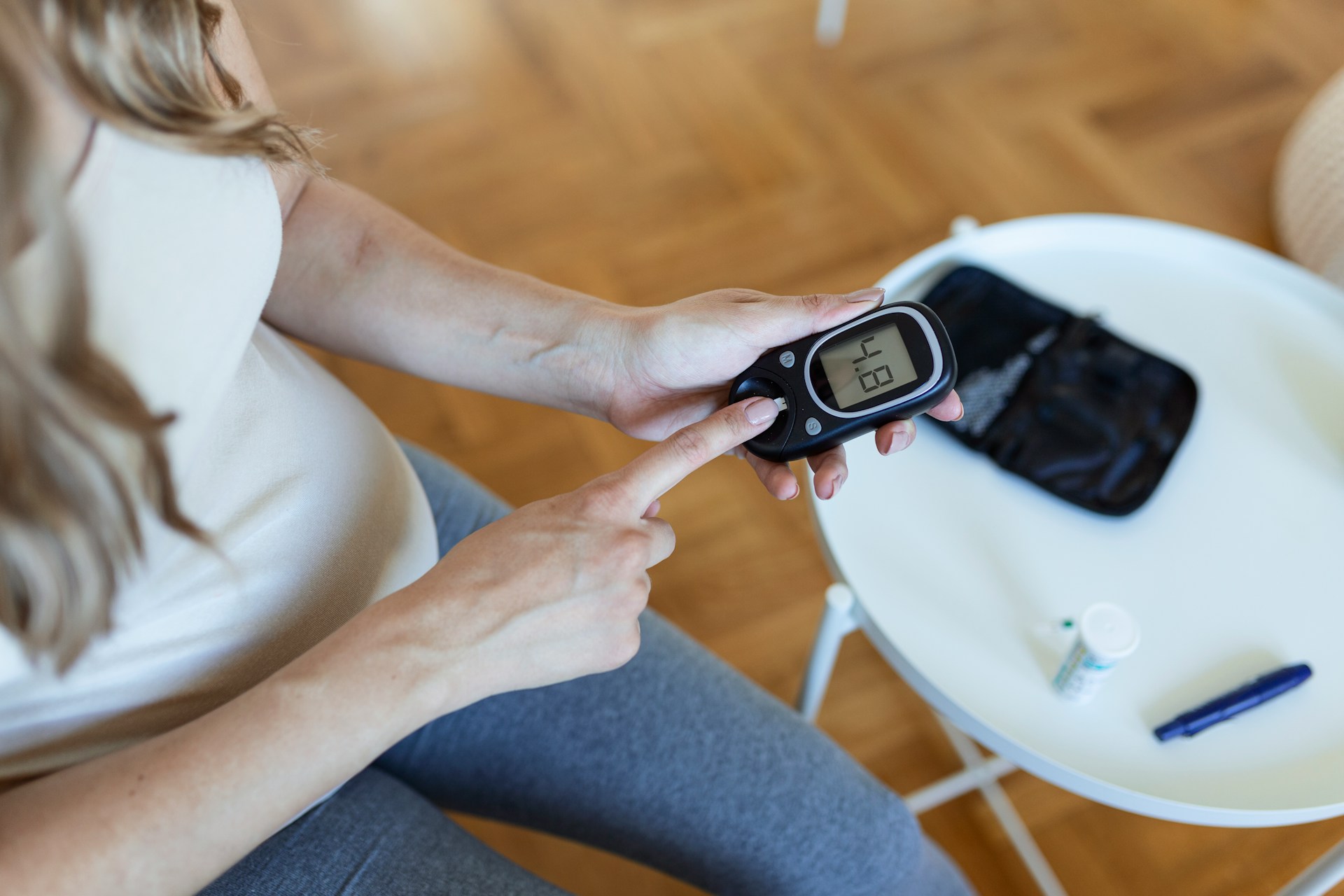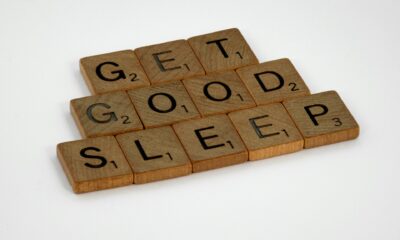Health
Balancing Act: Managing Multiple Medications

Ah, the joys of aging. One day, you’re dancing the night away in your favorite pair of bell-bottoms, and the next, you’re juggling a daily cocktail of pills that would make a pharmacist blush. While managing multiple medications can feel like a high-wire act, it doesn’t have to be a circus. Here’s how to balance your health needs without losing your marbles – or your sense of humor.
Organization
First, let’s talk about organization. Remember when we used to organize our record collections? Well, now we’re organizing pills. A pillbox with compartments for each day of the week can be a lifesaver. If you’re feeling particularly crafty, why not decorate it? A little glitter never hurt anyone, and it might just make you smile when it’s time to take your daily dose.
Pharmacy
Next, make friends with your pharmacist. No, I’m not suggesting you invite them over for a game of bridge, but don’t be shy about asking questions. Pharmacists are a wealth of knowledge and can help you understand your medications, possible side effects, and any potential interactions. Plus, they might have some handy tips for remembering to take your meds.
Diet
Now, let’s talk about diet. Remember when we used to worry about fitting into our skinny jeans? Well, these days, it’s more about ensuring our food plays nice with our pills. Some medications can be affected by what you eat or drink, so it’s essential to know the do’s and don’ts. For instance, grapefruit and certain medications don’t mix – who knew?
Exercise
Exercise is another key player in the balancing act. We’re not talking about training for a marathon here, just a little movement to keep the blood pumping and the joints flexible. Walking, swimming, gentle yoga – all these can help boost your mood, improve your health, and even help your medications work better. Just remember to check with your doctor before starting any new exercise routine.
Healthcare providers
And speaking of doctors, don’t forget to keep them in the loop. If you’re seeing multiple healthcare providers (and let’s face it, who isn’t these days?), make sure they all know what medications you’re taking. This includes over-the-counter drugs, supplements, and any other medication you’re taking.
Remember to give yourself a break. Managing multiple medications can be a bit of a juggling act, but it’s okay to drop a ball now and then. If you forget a dose, don’t panic. Just take it as soon as you remember, or if it’s close to your next dose, skip the missed one. Doubling up can lead to more harm than good.
So there you have it, my friends. A few simple steps to help you navigate the medication maze. It may not be as fun as grooving to the Beatles on a Saturday night, but with a little organization, a dash of knowledge, and a healthy dose of humor, we can handle this balancing act with grace and style. After all, we’re not just aging – we’re aging fabulously.

Health
Doctors Reveal Easy Lifestyle Changes for a Happier Heart

Heart disease is a significant concern in America, responsible for one in every five deaths. However, adopting certain lifestyle changes can significantly reduce your risk. According to experts, these changes are accessible and affordable, making them feasible for almost everyone. Here are seven practices that your heart will appreciate, as recommended by cardiologists.
Follow a Heart-Healthy Diet
Eating well is one of the most effective ways to support your heart. Cardiologists often recommend the DASH diet, which stands for Dietary Approaches to Stop Hypertension.
“This is a diet high in vegetables, fruits, low-fat dairy products, whole grains, poultry, fish, and nuts and low in sweets, sugar-sweetened beverages, and red meats,” explains Jennifer Wong, MD. This diet is rich in essential nutrients like potassium, magnesium, and calcium while being low in saturated fats and cholesterol. A key aspect of the DASH diet is limiting salt intake, which can help reduce hypertension.
Limit Alcohol Consumption
While some believe a daily glass of red wine is beneficial, recent research advises against any alcohol consumption for heart health.
“Heavy drinking, on the other hand, is linked to a number of poor health outcomes, including heart conditions,” say experts from Johns Hopkins Medicine. Excessive drinking can lead to high blood pressure, heart failure, and other serious conditions. Reducing alcohol intake is a crucial step toward a healthier heart.
Monitor Your Blood Pressure
Understanding your blood pressure numbers is vital, especially for those at higher risk of heart issues. Regular self-monitoring at home with a blood pressure cuff is recommended.
“You should call your doctor if the blood pressure is greater than 180/120 mmHg on repeated measurements while at rest,” advises Wong. Immediate medical attention is necessary if high readings are accompanied by symptoms like headache or chest pain.
Engage in Regular Exercise
Staying active is essential for heart health. Dr. Rigved Tadwalkar suggests incorporating at least 150 minutes of moderate-intensity aerobic activity each week.
This translates to about 30 minutes a day, five days a week. Activities like brisk walking, swimming, or cycling can help keep your heart in top shape. Including strength training and flexibility exercises can further enhance overall health.
Quit Smoking
If you’re a smoker, quitting can have immediate benefits for your heart. The U.S. Food and Drug Administration notes that your heart rate drops just 20 minutes after your last cigarette.
“Within four years of quitting, your risk of stroke drops to that of lifetime nonsmokers,” they report. Quitting smoking is one of the most impactful changes you can make for your heart.
Ensure Adequate Sleep
Getting enough sleep is crucial for heart health. The Centers for Disease Control and Prevention (CDC) recommend seven to nine hours of sleep per night.
However, one in three Americans doesn’t meet this target, which can lead to higher risks of obesity, high blood pressure, and Type 2 diabetes. “Adults who sleep less than seven hours each night are more likely to say they have had health problems,” says the CDC.
Manage Stress Effectively
Chronic stress can take a toll on your heart. Finding effective ways to manage stress, such as meditation, yoga, or deep-breathing exercises, can benefit your cardiovascular health.
Reducing stress not only improves heart health but also enhances overall well-being.
Taking these steps can significantly improve your heart health and reduce the risk of heart disease. By adopting these practices, you can enjoy a healthier, more vibrant life while keeping your heart in mind.
Let us know what you think, please share your thoughts in the comments below.
Health
Silent Spread: The Rise of Undetected Fungal Diseases and What You Need to Know

In recent years, a pressing issue has emerged in the realm of global health: the silent spread of fungal diseases. These infections often go undetected, particularly in low- and middle-income countries, where access to diagnostic tests is severely limited. This scarcity of essential diagnostic tools has dire consequences, as these infections can be lethal if not identified and treated promptly.
The lack of diagnostic tests is a significant barrier to addressing fungal diseases effectively. Without the ability to accurately diagnose these infections, healthcare providers are left in the dark, unable to provide the necessary treatments to those in need. This situation is exacerbated by the fact that fungal infections can mimic other diseases, making them difficult to identify without proper testing.
In many parts of the world, particularly in resource-limited settings, healthcare systems are overwhelmed by the sheer volume of cases and the complexity of diagnosing fungal infections. As a result, millions of people suffer and die from these diseases each year. The need for improved diagnostic capabilities is critical to reversing this trend and saving lives.
The global health community recognizes the urgent need for action. Increasing access to diagnostic tests is a crucial step in the fight against fungal diseases. By equipping healthcare providers with the tools they need to identify these infections, we can improve patient outcomes and reduce mortality rates. However, simply widening access to diagnostic tests is not enough.
“Just widening access to the right drugs won’t solve antimicrobial resistance,” highlights the complexity of the issue. Addressing fungal diseases also requires a comprehensive approach that includes education, prevention, and treatment strategies.
Efforts to combat fungal diseases must be multifaceted, involving collaboration between governments, healthcare organizations, and the private sector. Investment in research and development is essential to create affordable and effective diagnostic tools that can be deployed in low-resource settings.
Moreover, raising awareness about the impact of fungal diseases is crucial. Public health campaigns can educate communities about the symptoms and risks associated with these infections, encouraging individuals to seek medical attention promptly.
In conclusion, the spread of fungal diseases is a growing concern that demands immediate attention. By improving access to diagnostic tests and implementing a comprehensive approach to prevention and treatment, we can make significant strides in controlling these infections. The global health community must act swiftly to address this silent epidemic and ensure that all individuals, regardless of their location or economic status, have access to the care they need.
Let us know what you think, please share your thoughts in the comments below.
Health
Secret to Managing Diabetes and Shedding 40 Pounds: The Surprising Plate Strategy That Worked

While increasing your daily steps and paying attention to your diet are common strategies for weight loss, many people overlook the sequence in which they consume their meals. David Donaldson, a CEO of a nonprofit organization, discovered that altering the order in which he ate his food helped him shed 40 pounds and better manage his type 2 diabetes.
Donaldson shared his journey with Business Insider, crediting the Twin Health program for his success. This program offers a “digital twin” that tracks health metrics and provides tailored recommendations. One such suggestion was to prioritize non-starchy vegetables at the start of each meal.
Donaldson mentioned that he typically begins his meals with vegetables like asparagus, cauliflower, or celery. He also enjoys some broccoli and cheese or a salad before dinner. Following this, he consumes the protein and then any carbohydrates on his plate. For instance, if his meal includes chicken, potatoes, and Brussels sprouts, he starts with the sprouts, moves on to the chicken, and finishes with the potatoes.
Experts have noted that this eating sequence can be especially advantageous for individuals with type 2 diabetes. Vegetables help control blood sugar and slow digestion.
“That’s really good advice actually, in type 2 diabetes, to have either the veggies first and/or the protein, and the carbohydrates last,” said Nicola Guess, RD, MPH, PhD, a registered dietician specializing in dietary prevention and type 2 diabetes management at Oxford University.
However, for those without diabetes, the benefits of this eating method are less certain.
In addition to changing the order of his meals, Donaldson highlighted two other recommendations from Twin Health that aided his weight loss and improved his health metrics. The app tracks various health indicators and offers personalized advice based on the data.
One of these suggestions was incorporating apple cider vinegar into his routine. Donaldson added a tablespoon of the vinegar to an 8-ounce glass throughout the day, which helped lower his blood sugar. However, due to the acidity of apple cider vinegar, Twin Health advises against this method for individuals with “acid reflux, dental problems, or other medical conditions impacted by high acidity foods.”
The final recommendation was to increase his physical activity by walking more frequently. Although challenging at first, after three to four months of consistency, Donaldson experienced a significant boost in energy.
His “energy went off the chart,” a stark contrast to the lethargy and depression he had faced before.
While these strategies proved effective for Donaldson, it is essential to remember that individual results may vary. Always consult with a healthcare provider for personalized advice tailored to your specific health needs.
Let us know what you think, please share your thoughts in the comments below.
-

 Health5 months ago
Health5 months ago17-Second Neuropathy Solution
-

 Nutrition9 months ago
Nutrition9 months agoThe Aging Secret of Vitamin D Unveiled
-

 Health1 year ago
Health1 year agoPreventing Falls and Injuries for Seniors
-

 Health4 months ago
Health4 months agoOncologist Reveals Top 5 Cancer Prevention Tips You Shouldn’t Ignore
-

 Nutrition1 year ago
Nutrition1 year ago5 AMAZING Dinner Recipes That Are Also HEALTHY
-

 Lifestyle5 months ago
Lifestyle5 months agoSleep Soundly with These 11 Expert-Approved Bedtime Routines
-

 Health10 months ago
Health10 months agoDownsizing Tips: Simplifying Your Lifestyle
-

 Lifestyle2 months ago
Lifestyle2 months agoMorning Habits That Could Add Years to Your Life